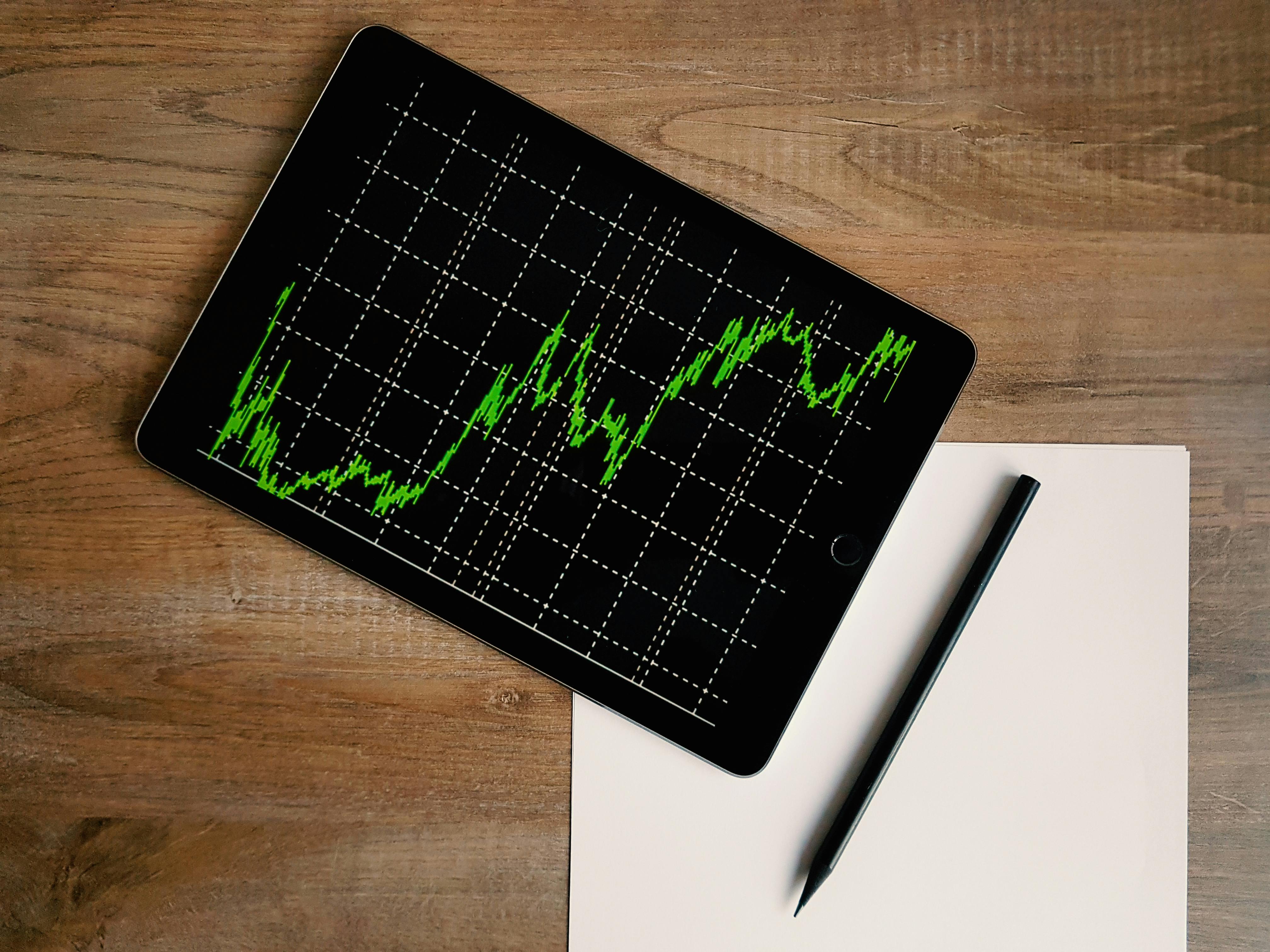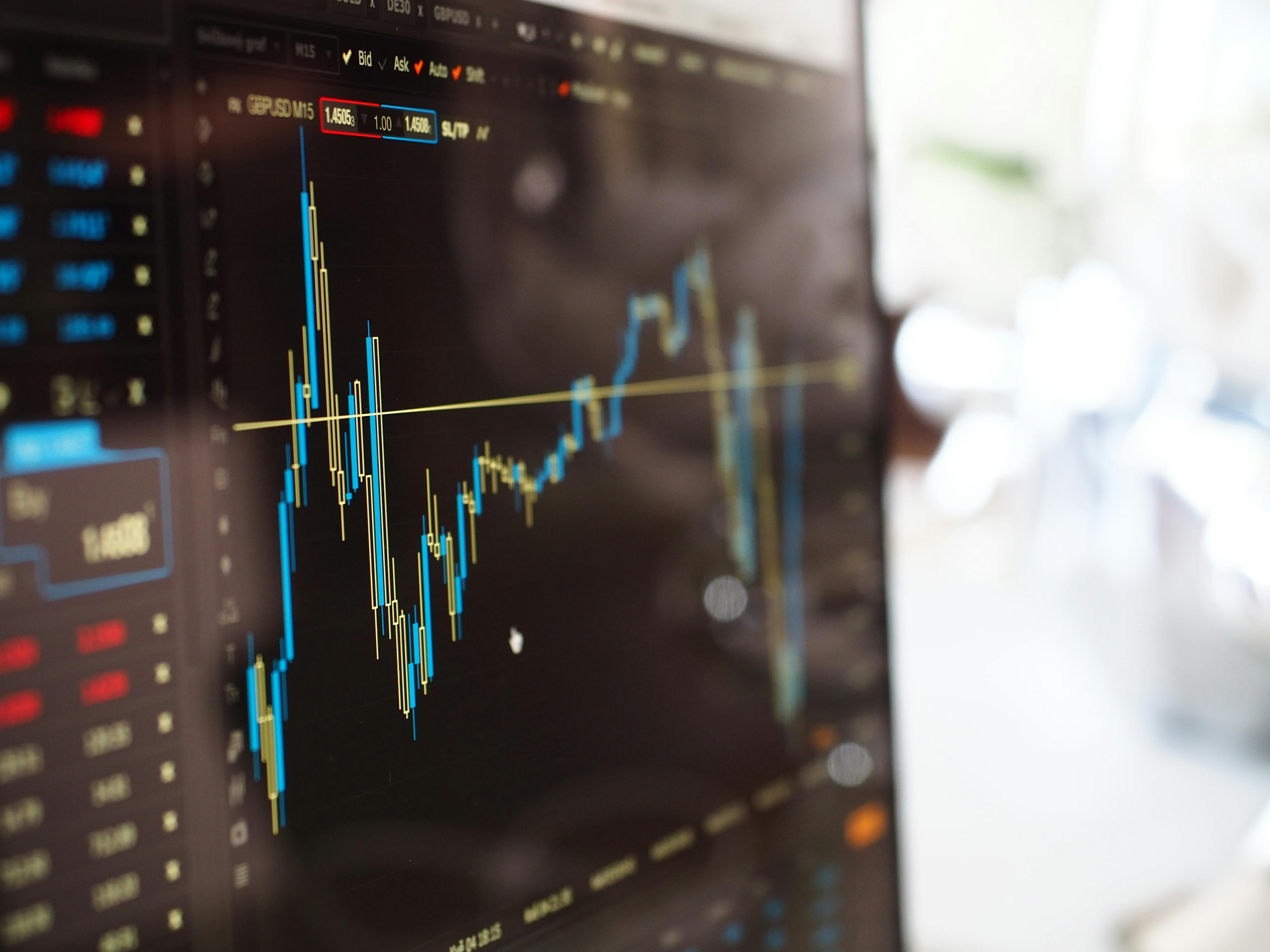Mastering Trading strategy With Techncial Analysis
Mastering Trading Strategy with Technical Analysis
Imagine one tool that will help develop a trading strategy in any asset class, be it equities, forex, commodities, or anything. That tool is technical analysis, where we can identify the market trends and take trades based on entry and exit points, which helps in risk management as well.
In this article, we will break down the key components of technical analysis and how it can help develop and ace a trading strategy.
Ready to master trading strategy? Let's go
Understanding Technical Analysis
Technical analysis is a research method that helps us identify trading opportunities by analyzing the actions of market participants, which are visually represented on charts. Unlike fundamental analysis, which focuses on economic factors and company performance, technical analysis relies entirely on historical data.
Traders widely use this approach because it helps pinpoint potential entry and exit points, as well as forecast price movements, regardless of underlying fundamentals or external news.
Critical Components Of Technical Analysis
Technical analysis transforms raw market data into actionable trading insights. By analyzing elements like charts, indicators, and trading volumes, we gain a snapshot of market sentiment and momentum. Here are some crucial components of technical analysis
Chart Patterns
Under chart patterns, we have broadly classified trend reversal and trend continuation patterns. Here is the breakdown of them:
Trend Reversal Pattern
When this chart pattern occurs, price reversal happens based on the prevailing trend. Common patterns like Head and Shoulders or Double Top/Bottom signal these reversals. For example, if the market is in an uptrend and a Head and Shoulders pattern forms, it often indicates a shift to a downtrend.
Trend Continuation
Chart patterns like this support the previous trend. Major chart patterns are triangle-like, ascending, and descending, suggesting a potential continuation of the prevailing trend after a breakout. Below are some illustrations of trend continuation patterns
Technical Indicators
- RSI (Relative Strength Index): An oscillator indicator that shows overbought and oversold conditions helps to find potential reversals. Here is below RSI indicator
- MACD (Moving Average Convergence Divergence): Shows trend strength and momentum shifts using moving average crossovers between two different timeframes.
- Moving Averages: Tracks trends and generates signals through price crossovers, aiding in spotting continuation or reversal trends.
Support And Resistance
- A support zone is a price level where demand is strong enough to halt further decline, preventing the price from falling.
- A resistance zone is a price level where supply is strong enough to stop further rise, preventing the price from increasing.
Developing a Trading Strategy
Creating a solid trading strategy with technical analysis requires systematic planning and disciplined execution. Key steps include:
Setting A Clear Objective
Firstly, we have to set up a trading goal (e.g., consistent income or capital growth) and establish our risk tolerance accordingly. Maintaining this clarity helps guide your decision-making process and align strategies with personal preferences.
Selecting Indicators
Choosing the right indicators depends upon our trading strategy. For instance, if we decide on a consistent return, the intraday may use moving averages, while momentum traders might rely on RSI or MACD for better market timing.
Backtesting
Many traders create a trading strategy and immediately deploy it in the market, often resulting in losses. To avoid this, we need to backtest the strategy using historical data, analyze performance metrics, and identify potential weaknesses. This process allows us to refine and improve the strategy before risking actual capital, increasing the chances of success.
Risk Management
Implementing proper risk management like maintaining stop loss and position sizing to limit losses and diversifying and setting the maximum percentage of capital at risk to preserve your portfolio in volatile markets
Continuous Learning and Adaptation
Market dynamics change continuously. It is very essential to stay updated with courses, books, and market news to enhance trading skills. Regularly review and refine strategies based on performance and evolving market conditions for long-term success.
Conclusion
Mastering trading with technical analysis is all about learning, planning, and adapting. With the right tools, like chart patterns, indicators, and risk management, you can create a winning strategy. Keep learning, stay disciplined, and refine your approach as markets evolve. Ready to trade smarter? The journey starts now!







Sarah Williams
February 13, 2025This blog provided an excellent overview of stock market strategies. The section on risk management was particularly helpful for beginners like me!
Rachel Adams
February 13, 2025The tips on identifying undervalued stocks were incredibly useful. I feel more confident in making investment decisions now.